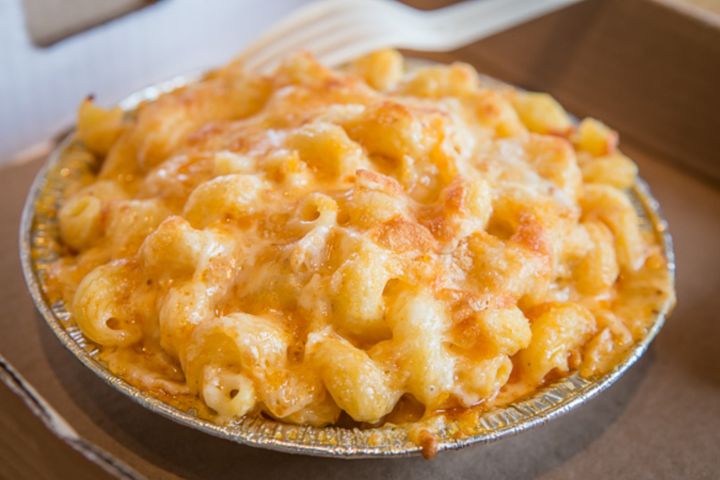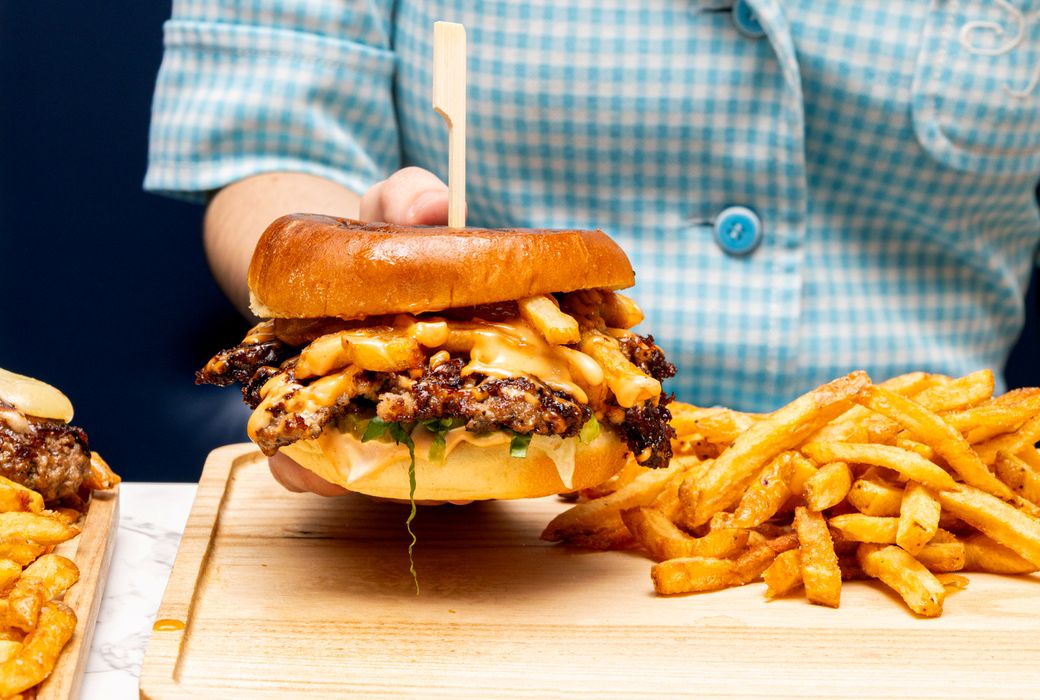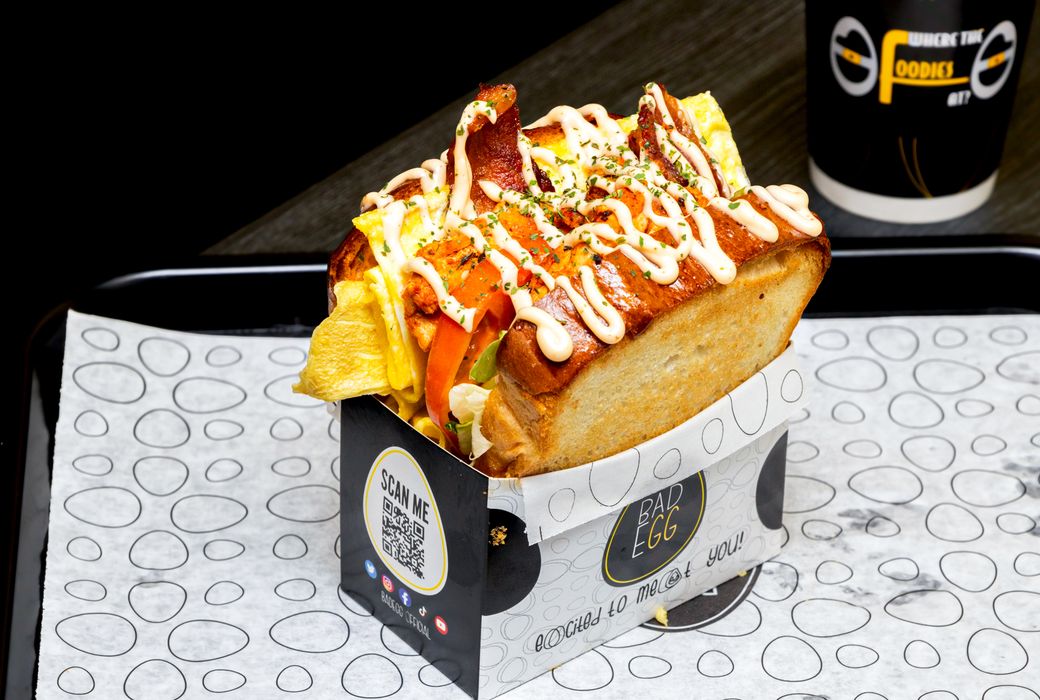The Caledonian
The Caledonian is what all Scottish pubs ought to be; charming, warm and true to its heritage. Full blooded Scottish owners, Donna and David Wolff offer a warm hospitality that seems as much an import as is the nation's worth of Scotch Whiskys behind the bar. Regulars are greeted by name and the Wolff's effortlessly introduce seatmates to each other and will even get conversations rolling amongst strangers.
The pub serves as a beacon for expats and travelers (Belle & Sebastian stops in when they're in town) looking for familiar comforts of home. The handsome interior is filled with hand milled wood furnishings, a fireplace, books and all sorts of ephemera imported from across the pond.
Full disclosure, I've been here before, (many times in fact) but embarrassingly, I've never had the nerve to try the Haggis ($16). Something about its description; savoury lamb and oat pudding cooked in a sheep's stomach lining has never really appealed to me. And though I have no basis for comparison, I suspect this is the place for the uninitiated to try it. The Caledonian serves up 50-60lbs each week, peaking the week of Robbie Burns, when they do more like 500lbs.
On this most recent visit, I've been coaxed into ordering it (how could I do The Caledonian any justice by excluding it?) and am surprised when the beautiful dish is set before me. The casing is removed before plating and it's piled high on a mound of neeps and tatties (turnips and potato mash) and garnished with parsnip chips. Oh, and it's delicious too. Not all that unlike kishka, and dare I say familiar even after a few years of developing a taste for offal?
For those still timid, The Taste of Scotland ($16) offers a more compact introduction. Served on a sharable board, bite-sized fried haggis fritters, sausage rolls and a Scotch egg are accompanied by mustard and gravy for dipping.
From the menu of starters, the Ardbeg Smoked Salmon ($12) is one of few lighter plates. The fish, smoked in house, sits on a potato and avocado salad dressed with dill, capers and chopped red onion and drizzled with a mustard vinaigrette.
While the menu takes advantage of locally sourced products, it stays true to its Scottish heritage with only a few liberties. For example, I'm told that salad isn't really typical of most Highlander diets, but on this menu, the Roasted Heirloom Beet and Feta Salad ($9) is a lovely example that utilizes root vegetables that would be native to the British Isles.
The bar menu is an expat's dream, flush with almost 200 bottles of malt whiskys and Scottish draught beers -- some are even exclusive to this North American location alone. Though there's seemingly always a reason to celebrate (made up or not), tasting events hosted by distillers have proved especially popular. The monthly Women & Whisky nights have sold out steadily since their inception.
The patio tucked in the back is a hidden gem that I'm reluctant to share. It's thoughtfully landscaped and offers ample seating in both sun and shade, not to mention the Scottish themed decor is carried out in full force back here too.
The Caledonian is open for drinks and dinner starting at 4 or 5pm week round.
Photos by Morris Lum









